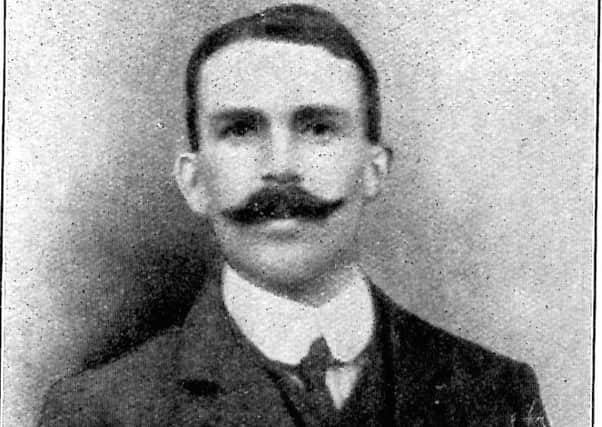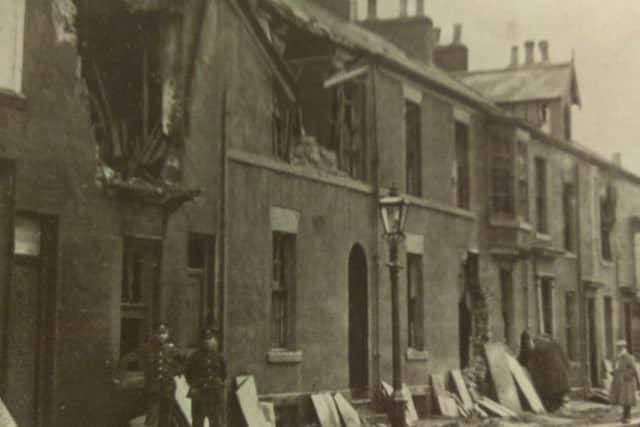Search is on for descendants of Hartlepool bombardment victim


The search is on for more information on Theo Jones, the first soldier to die on British soil in the First World War.
He was killed during the bombardment of the Hartlepools in 1914 – one of 130 people to die.


Advertisement
Hide AdAdvertisement
Hide AdCampaigners in both Hartlepool and Leicester are examining his story more closely, hoping to find a living descendant.
And with details of a pocket prayer book emerging, perhaps it is still around today in the hands of an as-yet-untraced descendant.
Mark Simmons, the Hartlepool Museums Manager, said Theo Jones was born in Darlington in 1887, moving to West Hartlepool soon after.
He had two brothers, and Mrs Lettie Jones, of Ashgrove Avenue, West Hartlepool, was his mother.


Advertisement
Hide AdAdvertisement
Hide AdBy the time he was 18, he was the equivalent to a modern Assistant Headmaster at St Aiden’s School, West Hartlepool, in 1905.
In 1913, he became headmaster of Thringstone School in Leicestershire, only returning home to volunteer for the Army when war broke out.
On the morning of his death, his company left Hartlepool Borough Hall at about 7am and marched up to the Heugh Battery singing Tipperary. Shelling started at 8.10am.
The second shot from the German warship Seydlitz struck just in front of the slipway, fatally wounding Private Jones, Corporal Liddle, and Privates Clark and Turner.
Advertisement
Hide AdAdvertisement
Hide AdMr Simmons added: “Despite our efforts over the years, we’ve never been able to track down any living relatives.
“I suspect that the fact that his mother later remarried, and some suggestions that his brothers moved out of the area, may have led to a break in his family chain.”
But one aspect which still has some mystery is the prayer book in Jones’ breast pocket of his uniform when he was struck.
A shell splinter pierced the book almost all the way through, trapping fragments of cloth.
Advertisement
Hide AdAdvertisement
Hide AdIt was supposedly brought to Thringstone and shown to a packed congregation at St Andrews at a special memorial service on Sunday, December 20, 1914.
The book was then reportedly sent back to Mr Jones’ mother in West Hartlepool.
Interestingly, Jones was given a pocket song and prayer book by his pupils at Thringstone as a leaving gift in 1914.
Was it the same one handed back to his family?
There’s no evidence that it was, except for a number of everyday entries by Jones in the school logbook and memories that he was well liked by his pupils, said Mr Simmons.
Advertisement
Hide AdAdvertisement
Hide AdNow both museum officials in Hartlepool, and campaigners in Leicestershire who are hoping to name a street after Theo, are appealing for help to find a living relative – and hopefully uncover more about him.
If you can help trace a relative, contact Chris Cordner on (0191) 501 7473 or email [email protected]